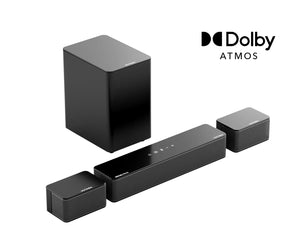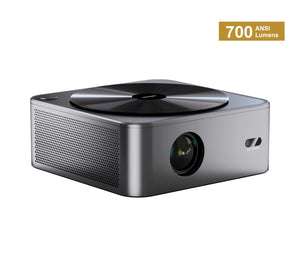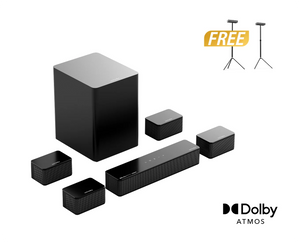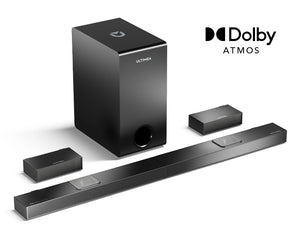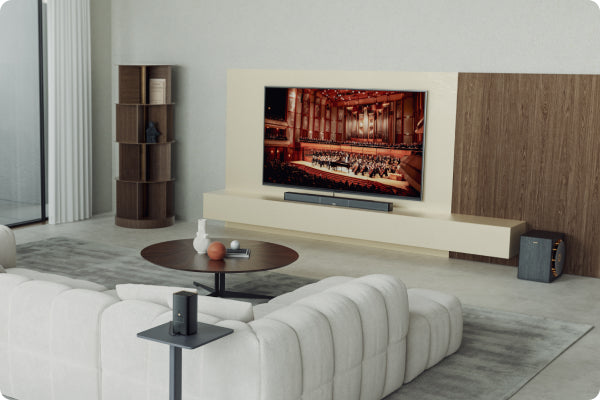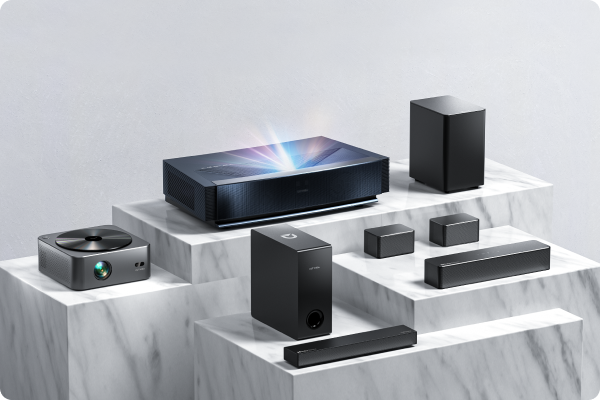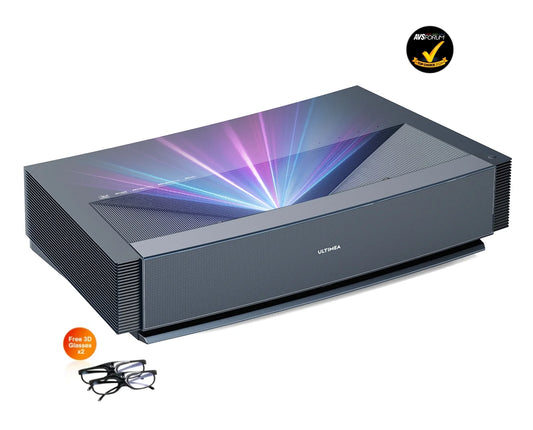Some cheap projector manufacturers may advertise only the light source lumen output to mislead customers about the projector's brightness. This makes it difficult for consumers to compare the brightness specifications of different projectors.
Why is it important to know how to change LED and light source brightness to ANSI?
Consumers shopping for their first projector often seek the brightest model available. However, they are often faced with confusing brightness specifications listed on various products in the market. To clarify this issue, it's important to understand that there are different factors that contribute to a projector's brightness, such as lamp wattage and the size of the projector's light engine.
Additionally, brightness is measured in ANSI lumens, which can help you compare different projectors and determine which model will provide the best performance for your specific needs. To ensure you make an informed decision, it's essential to do thorough research and consider all relevant factors before making a purchase.
This issue arises because some brands on the market choose not to use ANSI luminance, the internationally recognized luminance standard adopted by most of their peers, and instead advertise luminance specifications that are different from other brands.

Understanding Brightness Specifications: ANSI, LED, and Light Source
Of these various brightness specifications that a consumer may encounter, the most common are: the aforementioned ANSI brightness, LED brightness, and light source brightness.
Though the standard unit used for brightness, lumens, is used by all three types of brightness, the differences in their definitions cause their values to fluctuate wildly.
This results in instances where a projector, using internationally-recognized standards, might list a brightness value of 1,000 ANSI lumens, while a competing projector, that actually features an equivalent ANSI lumen value, uses LED lumens instead to list a brightness value of 2,400 lumens.
The question then becomes: if all of these types of brightness are measured in lumens, why are their values so drastically different?
Arguably, the reason for this inconsistency is because each of the three types above measure different aspects of projector brightness. See the table below for a summary of these differences:
|
ANSI Lumens |
LED Lumens |
Light Source Lumens |
|
|
Origins |
Developed and defined by the internationally-recognized association, American National Standards Institute (ANSI). |
Independently claimed by a small number of brands. |
Internationally recognized standard. |
|
Purpose |
Represent the brightness observed of an image that is projected onto a screen. |
Quantify the brightness sensed by the human eye. |
Indicate the brightness observed directly from a light source. |
|
Scope of Use |
Internationally-recognized standard suitable for all projectors. |
Applicable only to certain LED projectors from a specified number of brands. |
Normally used to indicate the brightness of the light source itself, but used by some manufacturers of single-panel LCD. projectors to misrepresent the projector’s overall brightness. |
|
Calculation Method |
Average out the measured brightness of 9 distinct regions of a projection screen. |
Its method of measurement is designed by the companies themselves, which allows them to claim their LED projectors are brighter to the human eye than traditional projectors. Such methods have not been certified by any international organizations. |
Directly measure the light source’s brightness. |
How to Convert Different Units Back to ANSI Lumens?
In general, 1,000 LED lumens converts to 417 ANSI lumens (LED lumen value ÷ 2.4 = ANSI lumens; the conversion rate is based on the manufacture’s publicly disclosed numbers).
1,000 light source lumens converts to 60 ANSI lumens (Light source lumen value x 0.04 to 0.06; the exact conversion rate depends on the efficiency of the projector’s LCD panel for each manufacture).
A quick way to convert the values of one type of brightness to another can be seen below:
|
Convert LED Lumen to ANSI Lumen |
Convert Light Source Lumen to ANSI Lumen |
||
|
LED Lumen |
ANSI Lumen |
Light Source Lumen |
ANSI Lumen |
|
120 ⇨ |
50 |
830 ⇨ |
50 |
|
300 ⇨ |
120 |
2000 ⇨ |
120 |
|
480 ⇨ |
200 |
3300 ⇨ |
200 |
|
1200 ⇨ |
500 |
8300 ⇨ |
500 |
|
2400 ⇨ |
1000 |
17000 ⇨ |
1000 |
|
2880 ⇨ |
1200 |
20000 ⇨ |
1200 |
*In general, a portion of the brands that use LED brightness publicize an increase over ANSI brightness by a factor of 2.4 for LED brightness, but these numbers are speculations based on the most ideal lighting conditions (such as in a dark room and so on).
**The light source brightness for a normal projector with the best optics and light conversion (the amount of light available after processing by the color wheel, mirrors, and lenses) at most is roughly 16 times the ANSI brightness.
ANSI Brightness: The Gold Standard for Measuring Brightness

Based on these definitions, the reason why ANSI brightness acts as the standard for measuring brightness (as shown in the tables above) becomes more apparent. This is because ANSI brightness, as indicated in its name, is the only brightness measure which uses a standard, scientific methodology that is certified by an international body. This gives ANSI brightness measures a reliability that is not present in other brightness measures which may rely on arbitrary factors (as in how the HK effect is measured for LED brightness) or present an indirect brightness value (as in how light source brightness omits the negative effects a projector’s internal components has on its end brightness) to produce misleading/inflated numbers.
Understanding the Difference Between ANSI, Light Source, and LED Lumens
